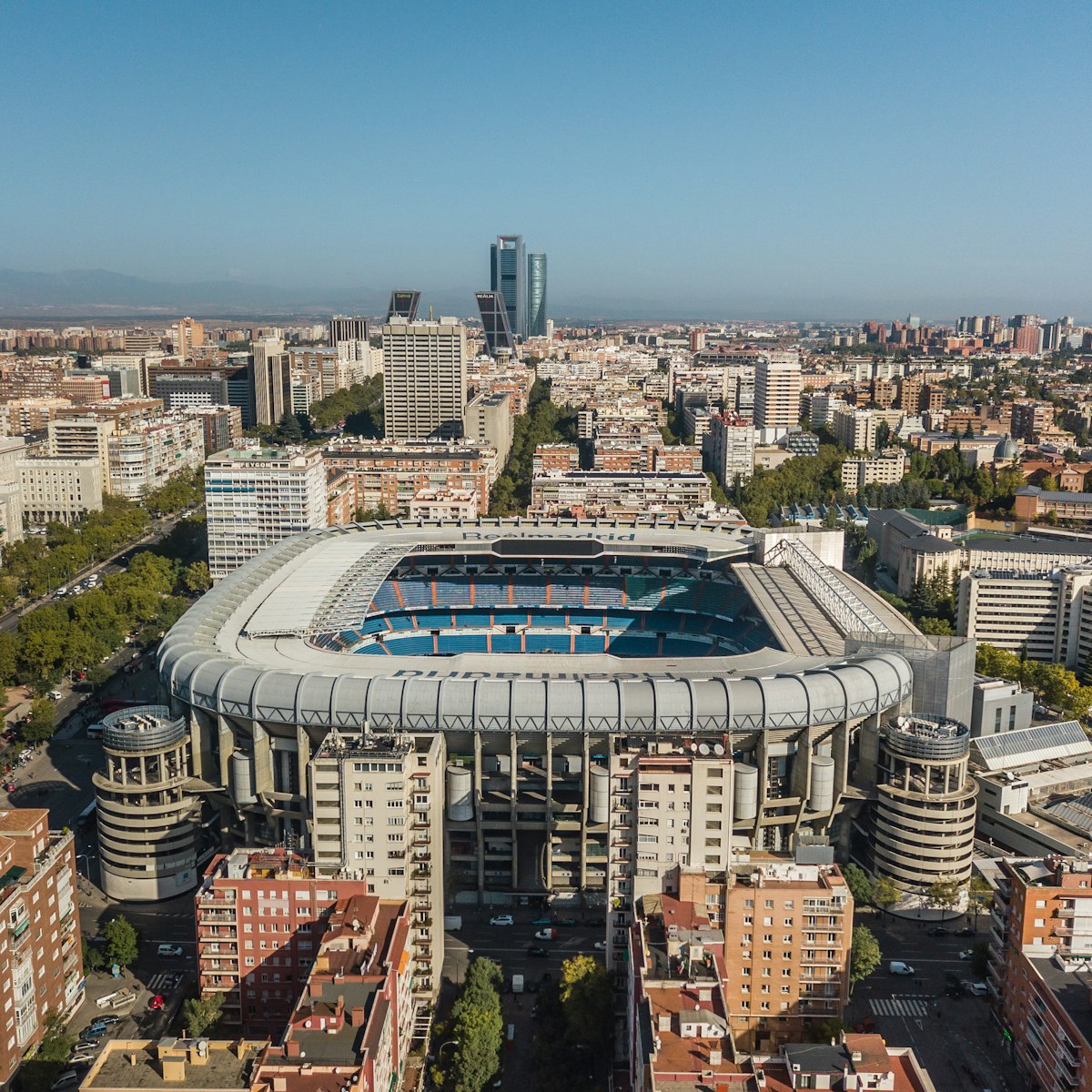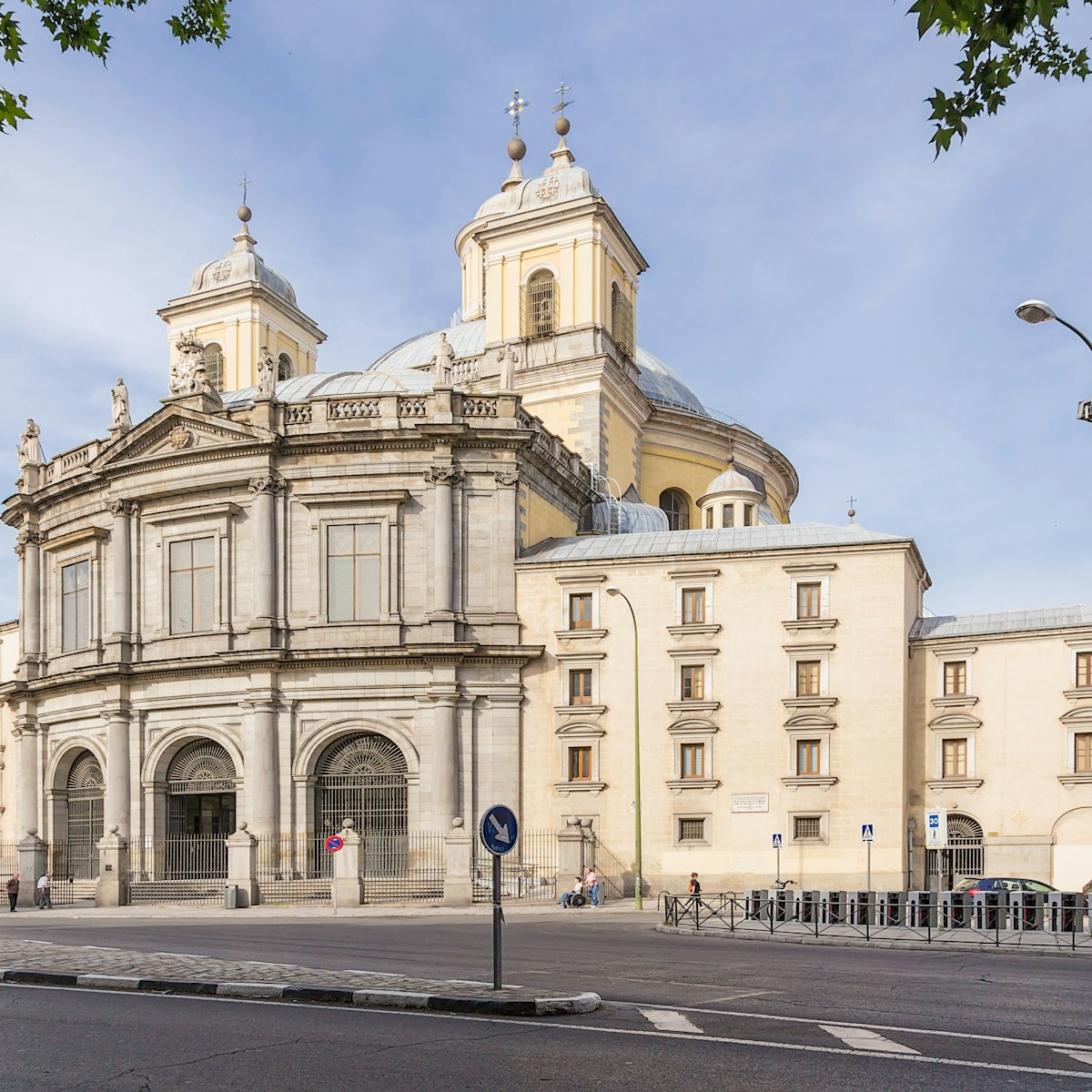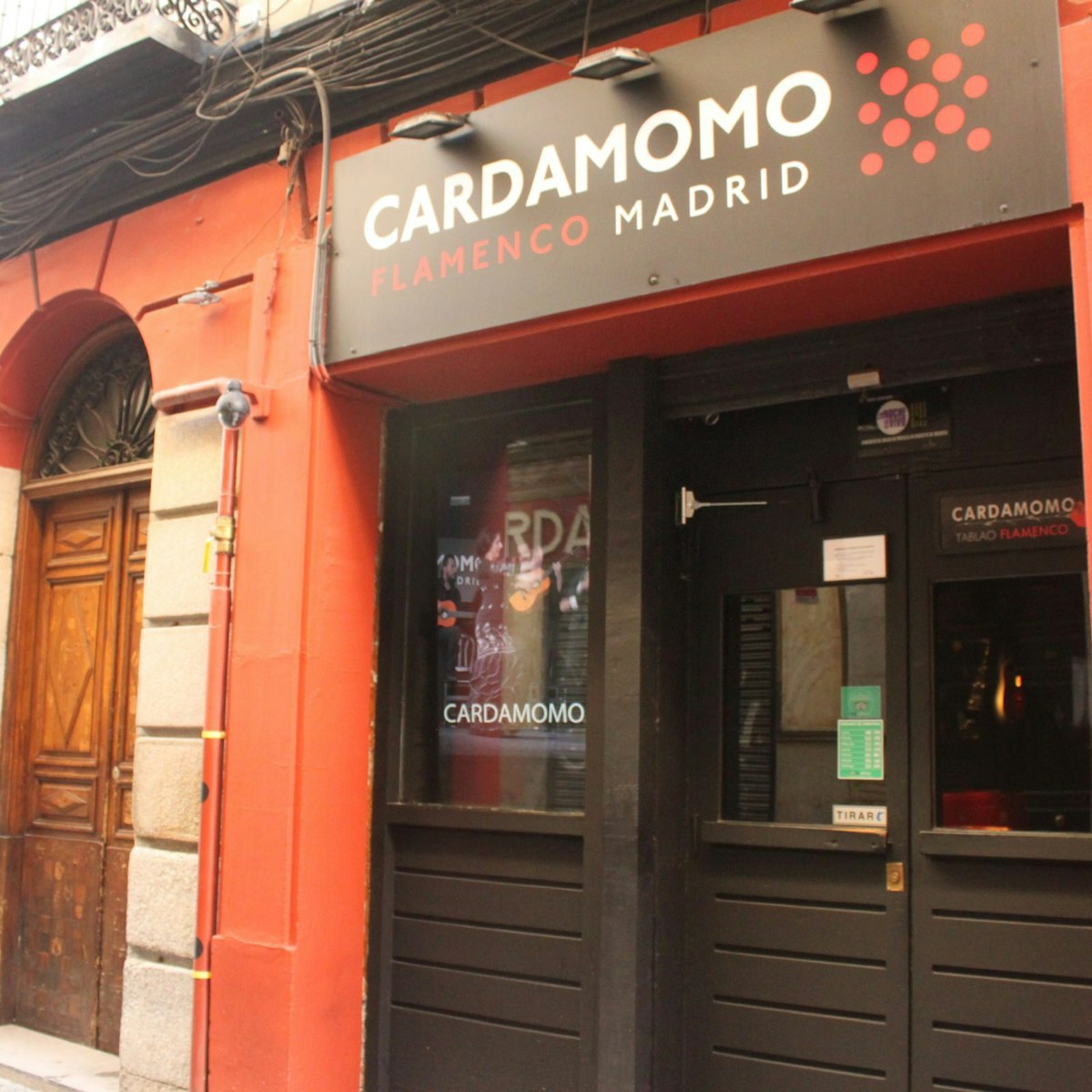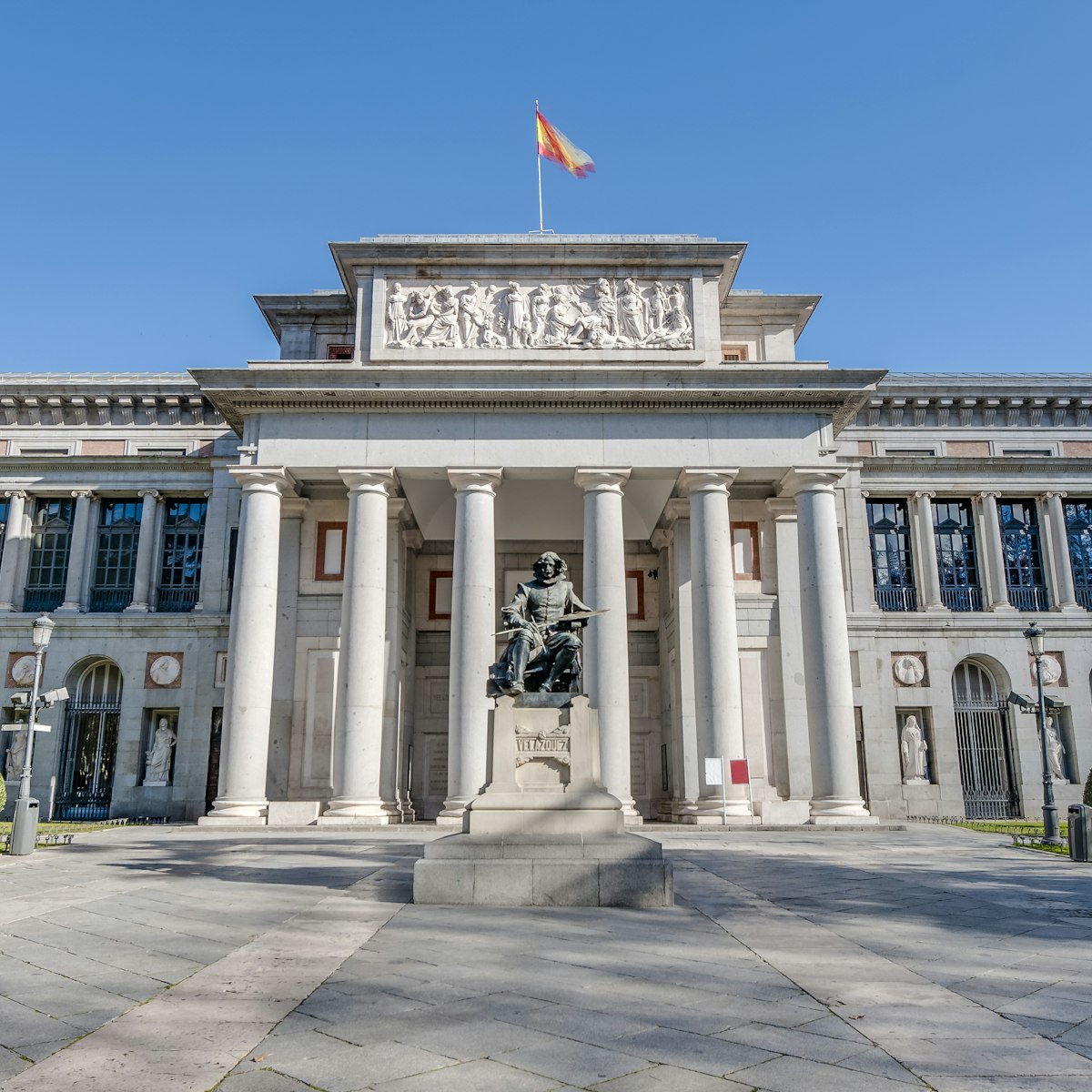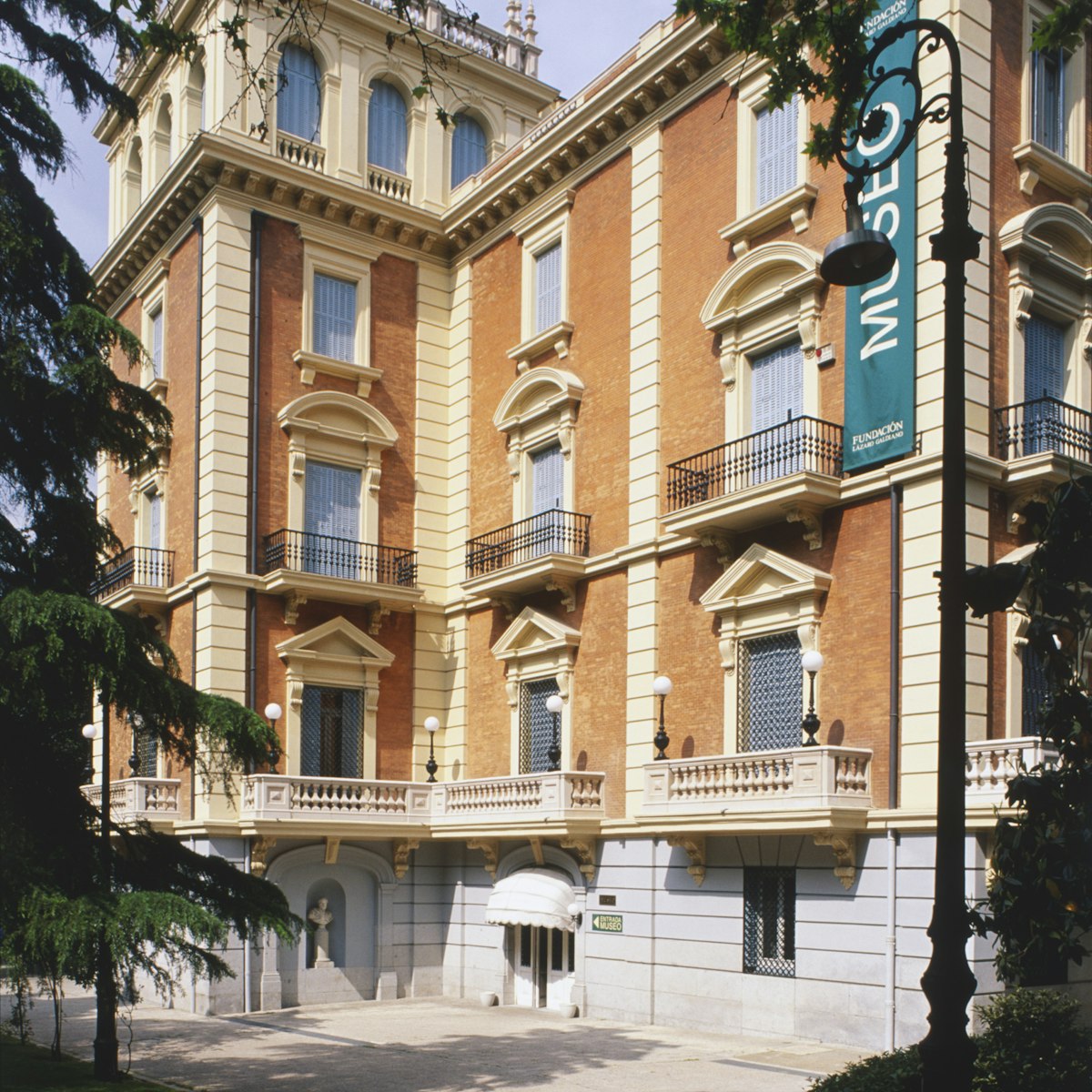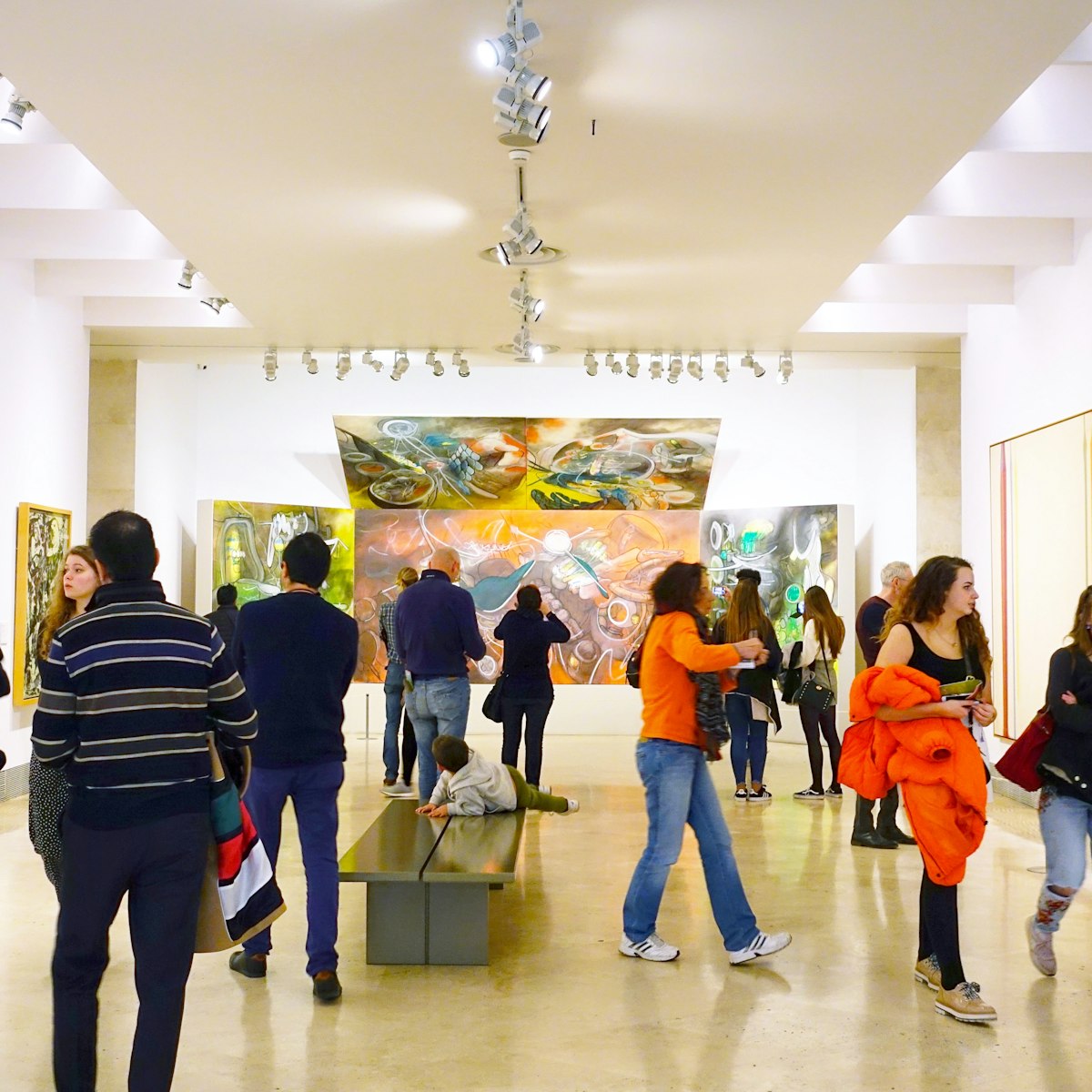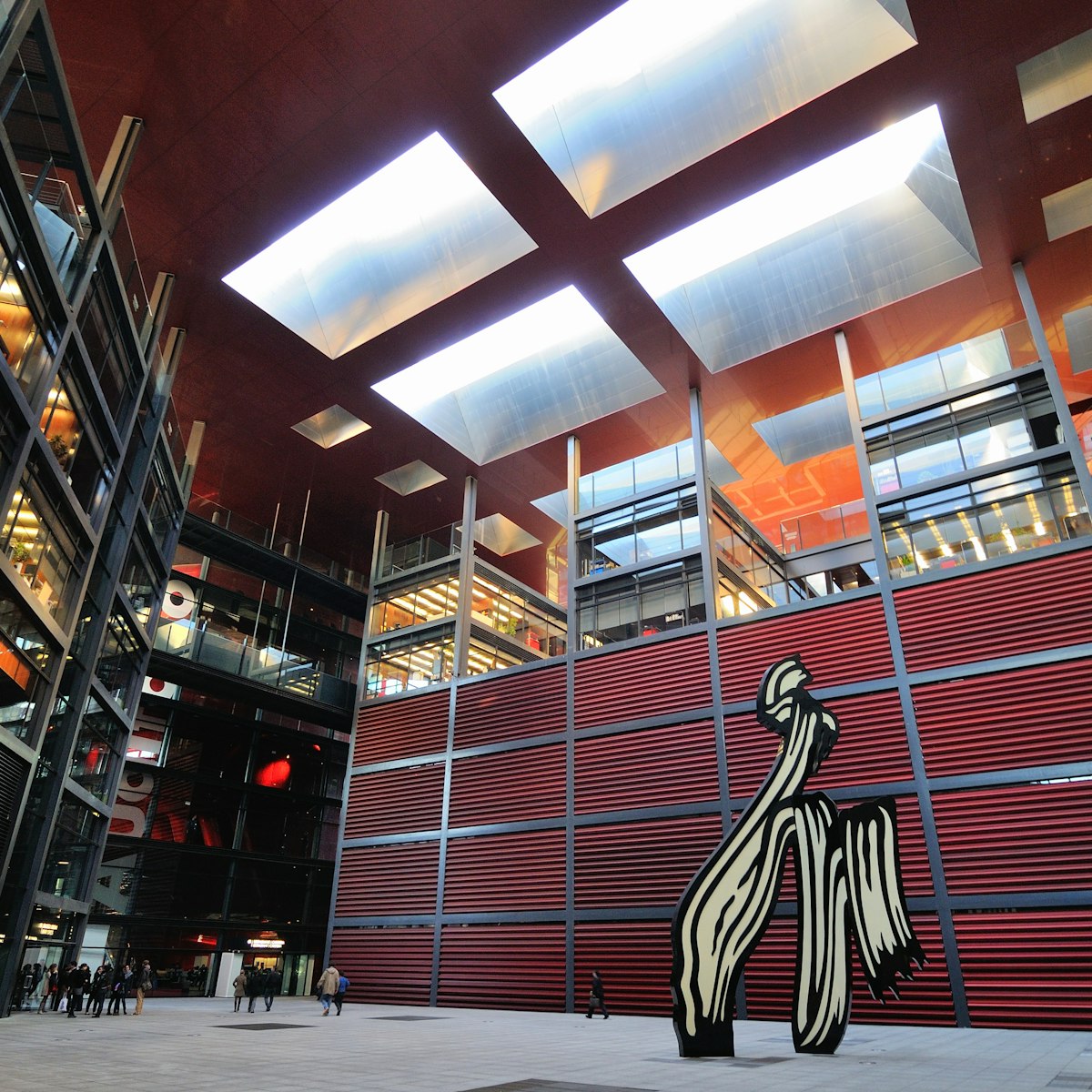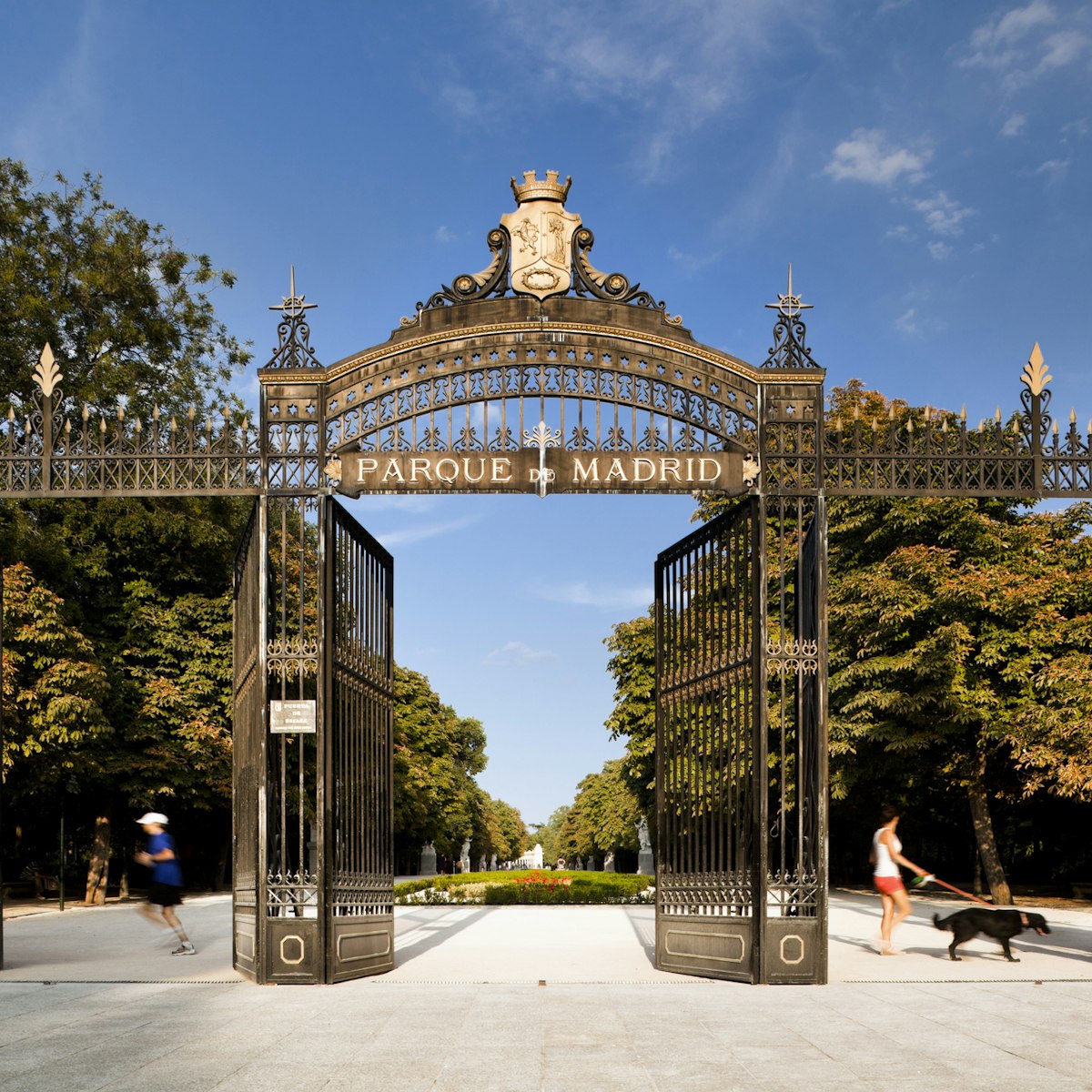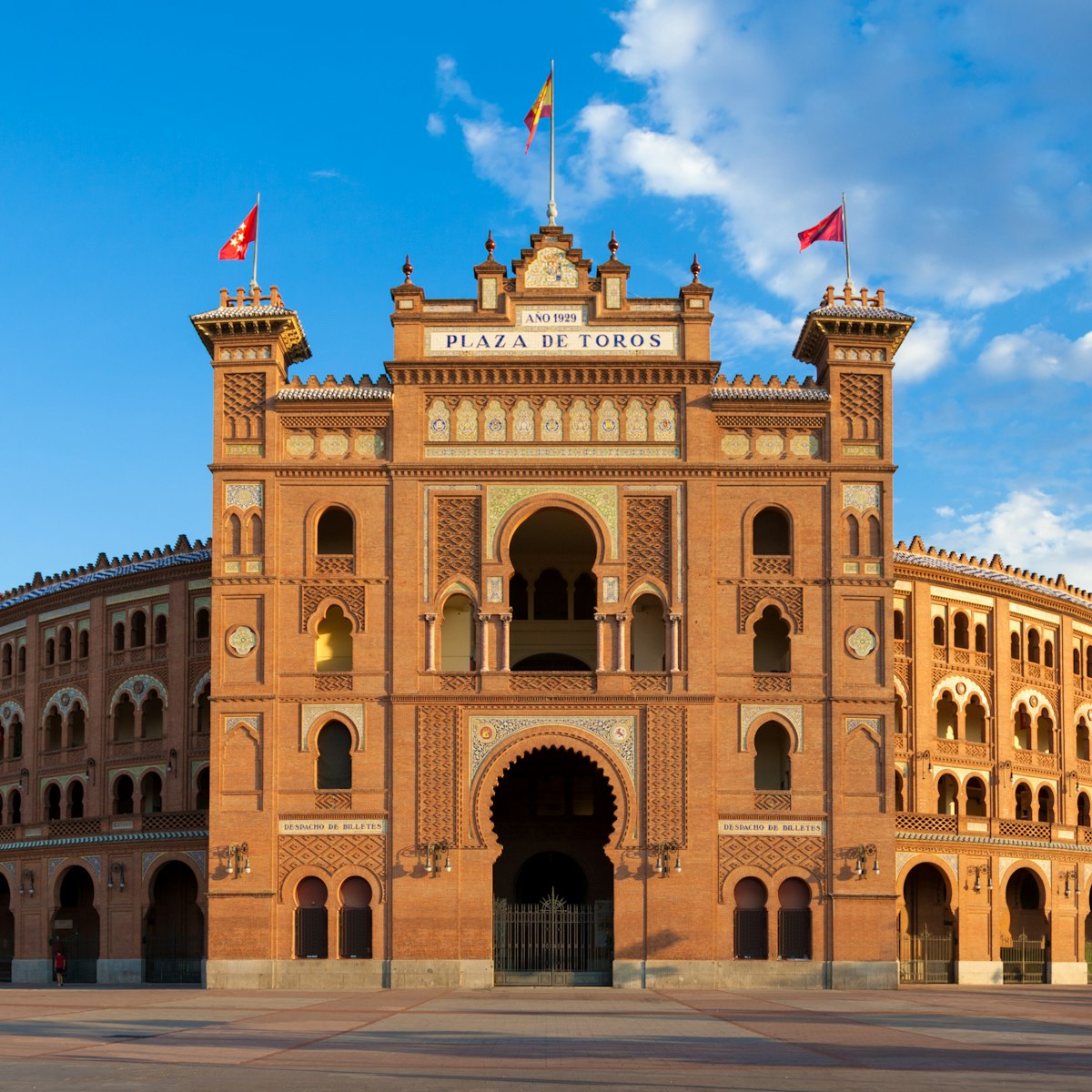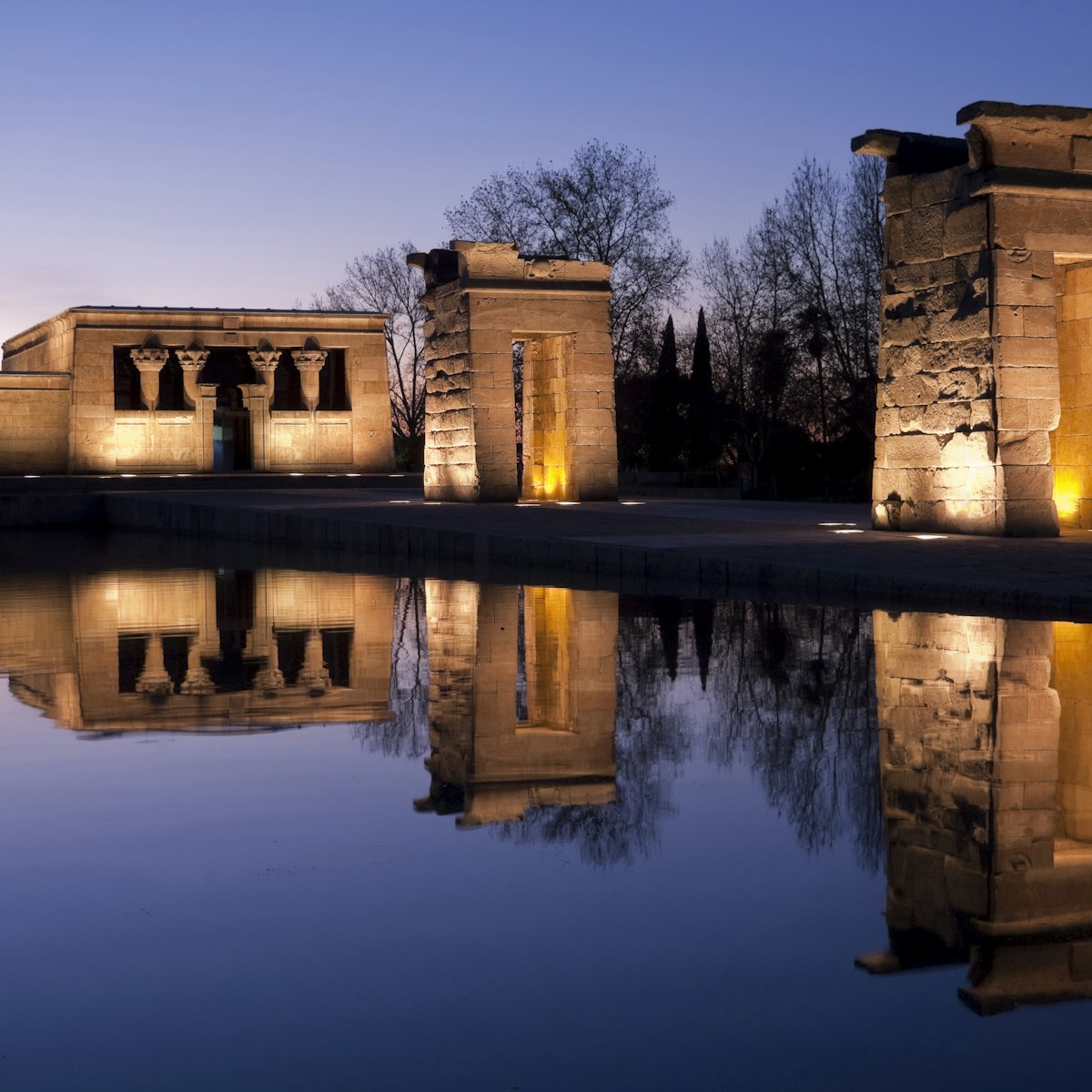
Few people would ever guess that a 2200-year-old Egyptian temple exists in the center of Madrid. Yet the Templo de Debod is in no way a Vegas-style replica of an Egyptian monument — its origins trace as far back as the 2nd century BCE to the ancient city of Meroë on the east bank of the Nile. Dedicated to the Egyptian goddess Isis and the god Amun of Thebes, this temple is believed to have been the sacred site where Isis gave birth to the sky god Horus, according to some authors of myth and legend.
The Temple of Debod was a gift offered by the Egyptian government to Spain as a token of gratitude for its assistance in restoring the Abu Simbel temples in Upper Egypt. It was transported from its home next to the Nile and rebuilt stone by stone in Madrid’s Cuartel de la Montaña Park, northwest of Plaza España and right by Parque del Oeste and Casa de Campo. As one of the few standing ancient Egyptian monuments that can be seen outside of Egypt, it's a must-see attraction in Madrid.

Templo de Debod, Madrid © Izaac Afridi / Getty Images
History of the Temple of Debod
The temple was originally located close to the First Cataract of the Nile, south of Aswan in Nubia, southern Egypt. Its construction began in 2200 BCE under the rule of the Meroë King Adijalamani, and was completed over many centuries. Over time, the original small chapel dedicated to Amun and Isis was expanded by the succeeding kings of the Ptolemaic dynasty. After Egypt was annexed by the Roman Empire, its construction was completed by the Roman emperors Augustus, Tiberius and Hadrian. It was later abandoned for 12 centuries upon Nubia’s conversion to Christianity.
Fast forward to the 1960s, when the construction of the Aswan High Dam caused part of the Nile to flood and nearly submerged the ancient temples of Nubia. Wishing to save this precious cultural heritage, Unesco had sent out an appeal for countries to help, of which Spain and three other countries (the US, Italy and the Netherlands) responded.
As a gesture of thanks to the Spanish archaeologists that worked to save these Nubian temples, the Temple of Debod was gifted to the government of Spain. (The three other countries that came to the monuments’ rescue were given temples as well).
The Temple of Debod was transported stone by stone to Madrid and rebuilt over a period of two years in the Cuartel de la Parque de Montaña (Mountain Barracks), maintaining its original east to west orientation. It was officially opened to the public in 1972.
As the name of the park suggests, the site upon which the temple now stands has a bloody history. It was on this hilltop where hundreds of prisoners taken from the Dos de Mayo uprising in 1808 were summarily executed by firing squad by Napoleon’s troops during the Peninsular War. This fateful event is captured in Francisco de Goya’s painting, “El 3 de mayo en Madrid” (The Third of May 1808).
That tragic day is certainly offset by the serene, mystical presence of the Temple of Debod today. Surrounded by lush greens and pools, it is a favorite spot for Madrileños to host weekend picnics, hold yoga classes, or even just watch a spectacular sunset.

People enjoy sightseeing at the Temple of Debod (Templo de Debod), an ancient Egyptian temple transported to Madrid © Page Light Studios / Getty Images
Highlights of the Temple of Debod
The temple features various rooms, the Vestíbulo de Augusto (Augustus Vestibule), the Capilla de Adijalamani (Adijalamani Chapel) and the Vestíbulo de Naos (Naos Vestibule). Of particular interest is the Adijalamani Chapel at the heart of the temple complex — this is the oldest part of Debod that was first built by the Meroë regent. Its walls are decorated with relief scenes showing the king making offerings to different Egyptian gods.
The temple complex boasts some of the best panoramic views of western Madrid. Walk over here from the nearby Plaza de España to catch the sunset, when this monument is particularly arresting as the glowing temple walls are reflected off the surrounding pools.
Visiting hours and restrictions
Access to the temple is open to the public and free of charge.
For conservation reasons, the temple restricts group visits and can only be visited individually with a maximum duration of 30 minutes.
 Publish for free
Publish for free

 zzdtravel
zzdtravel



